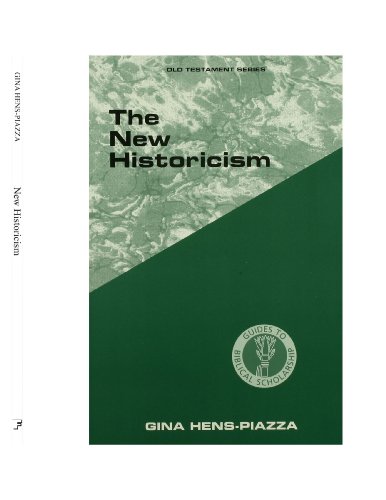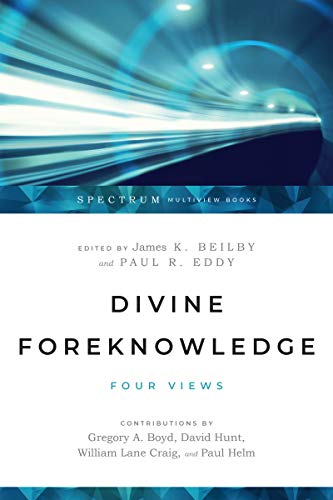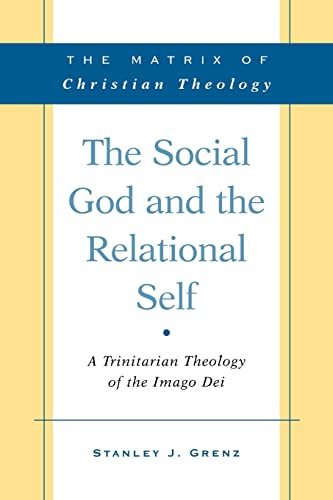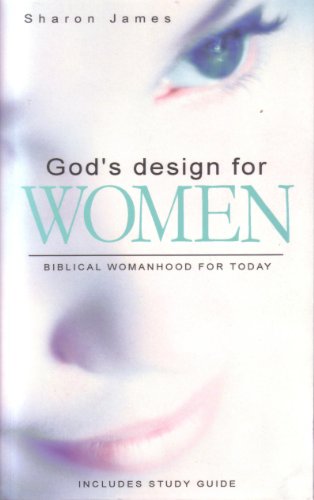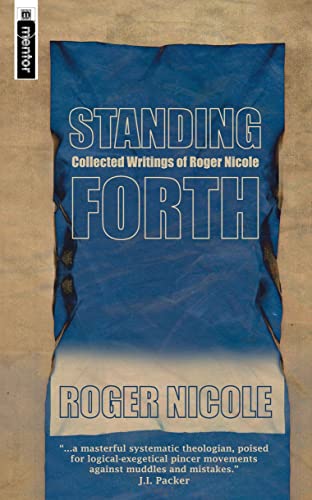THE NEW HISTORIOSM GUIDES TO BIBUCAL SCHOLARSHIP: OLD TESTAMENT SERIES
Written by Gina Hens-Piazza Reviewed By Walter MoberlyWell-written written guides to methods, and to schools of thought, within biblical scholarship can perform an invaluable service in giving us our bearings. This lucid guide to a major contemporary school of thought is, in some ways, a model of its kind.
The importance of The New Historicism is that it is closely related to, indeed focuses key aspects of, a wide range of contemporary postmodern movements (cf. 73–76). So read this, and much will be unlocked.
New Historicism is not easy to depict simply: ‘New Historicists are not only heterogeneous in their practices but are characteristically reticent to theorise about their strategies’ (3). Although not a theory, it is theoretically influenced by Marx and Foucault. It is not a method but a mindset, whose recurrent features are helpfully specified (6):
- Literature is viewed as integrally tied to and identified with other material realities that make up a social context.
- Viewing literature as on par with other types of texts, the privileging of literature or its composition over and above other social practices is rejected.
- Characteristic distinctions between literature and history are sidelined.
- The constructions of the past are presumed as intimately tied to the present.
In a way that strangely echoes older source criticism. New Historicists suspect coherence and are interested in the fragmentary; they view texts as deposits of ideological struggles and oppression where suppressed voices on the margins need to be recovered (and, for some reason, be generally regarded as preferable to the text’s dominant voices). Accounts of the past are inseparable from the constraints of the present, and so New Historicists are concerned with the political implications and contemporary social consequences of textual interpretation.
Hens-Piazza articulates all this, and its implications as understood by its practitioners, with exemplary lucidity. She also provides a concise history of the movement, depicts key figures within it, and offers examples of it in relation to biblical interpretation. Since a good number of significant practitioners of contemporary biblical criticism exemplify some or many New Historicist tendencies, any biblical student needs this kind of summary outline.
This is what we get. What do we not get? The book is an exercise in persuasive description, in which objections are raised solely to strengthen the presentation. There is no self-criticism within the rhetoric, and no real engagement with the possible limitations of the movement. More specifically, the entire religious dimension of the Bible is either ignored or implicitly translated into materialist categories. We hear much about social and political praxis. Discussion of how all this might relate to God, the Church, and religious faith and practice is entirely absent. No doubt things look different in the US where Hens-Piazza writes, and where New Historicism arose. But on this side of the Atlantic it is difficult not to feel that authentically religious concerns are suffering precisely that kind of suppression with the dominant discourse of the culture which New Historicism claims to be exposing rather than promoting. There is a strong irony here, and unfortunately Hens-Piazza seems entirely unaware of it.
Yet New Historicism is not a movement of which believers should simply beware. Many of its emphases are, with a little recasting, precisely the kind of emphases which, in my judgement, are necessary to revitalise Christian Interpretation of Scripture. Aspects of postmodernism may be congenial for a recovery of lost Christian insights—if we will but have eyes to see.
Walter Moberly
Durham University


